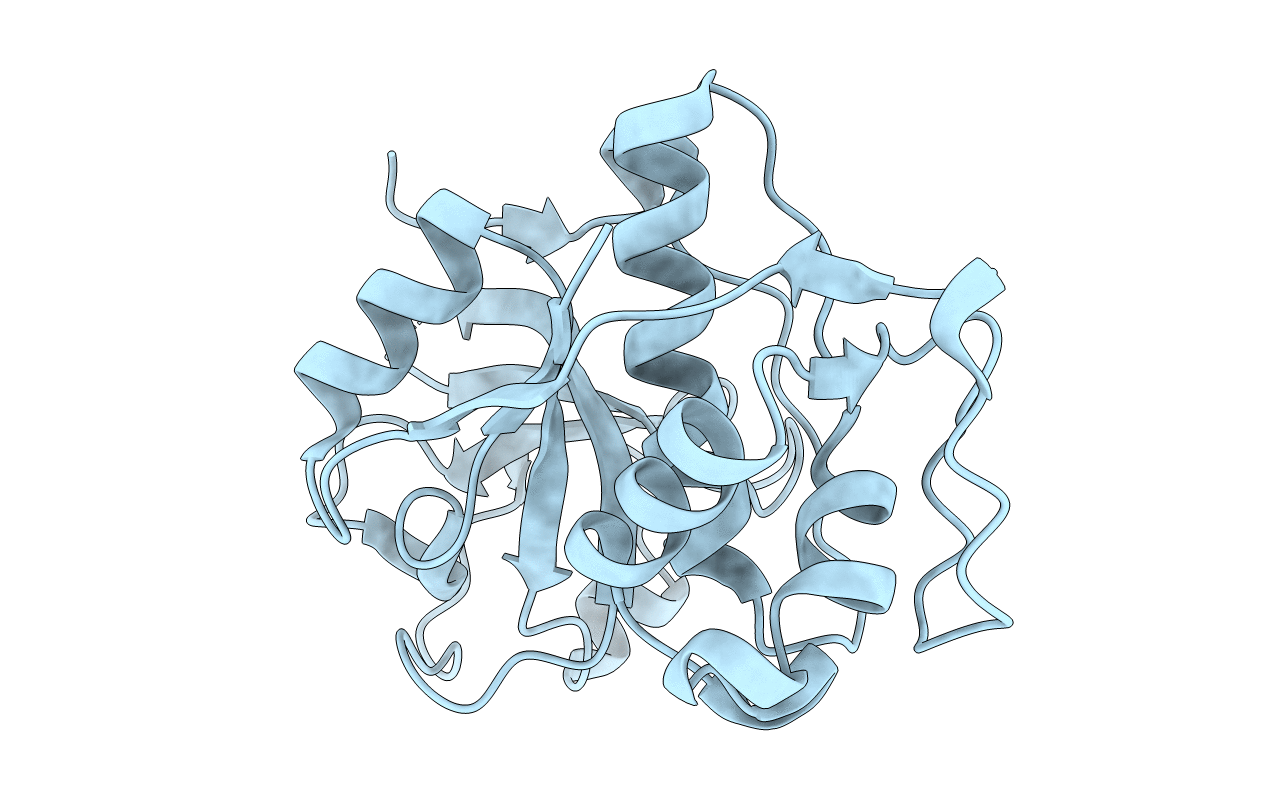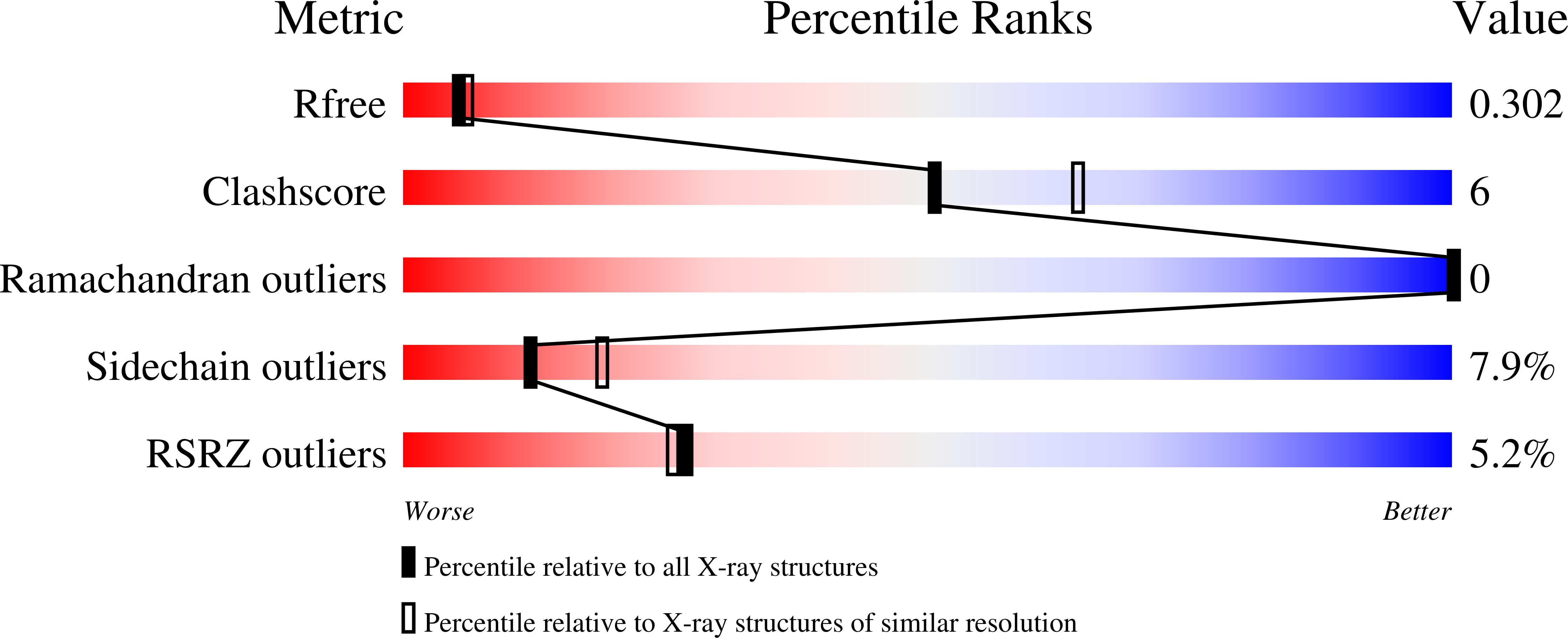
Deposition Date
2020-07-09
Release Date
2020-12-02
Last Version Date
2024-10-16
Entry Detail
PDB ID:
6ZQ3
Keywords:
Title:
Crystal Structure of Silicatein Alpha from Marine Sponge Tethya aurantium
Biological Source:
Source Organism:
Tethya aurantium (Taxon ID: 281732)
Method Details:
Experimental Method:
Resolution:
2.40 Å
R-Value Free:
0.30
R-Value Work:
0.24
R-Value Observed:
0.24
Space Group:
P 31 2 1


